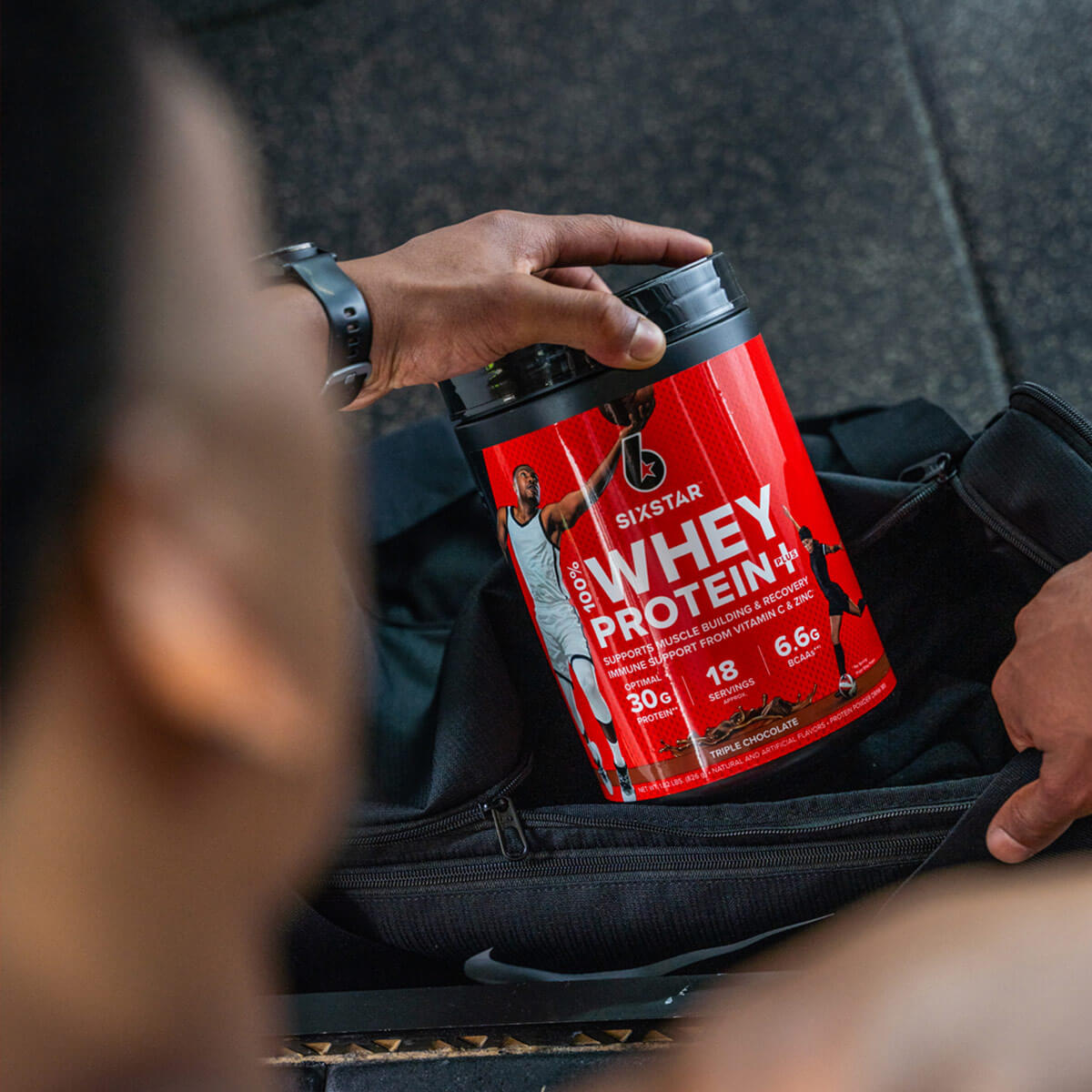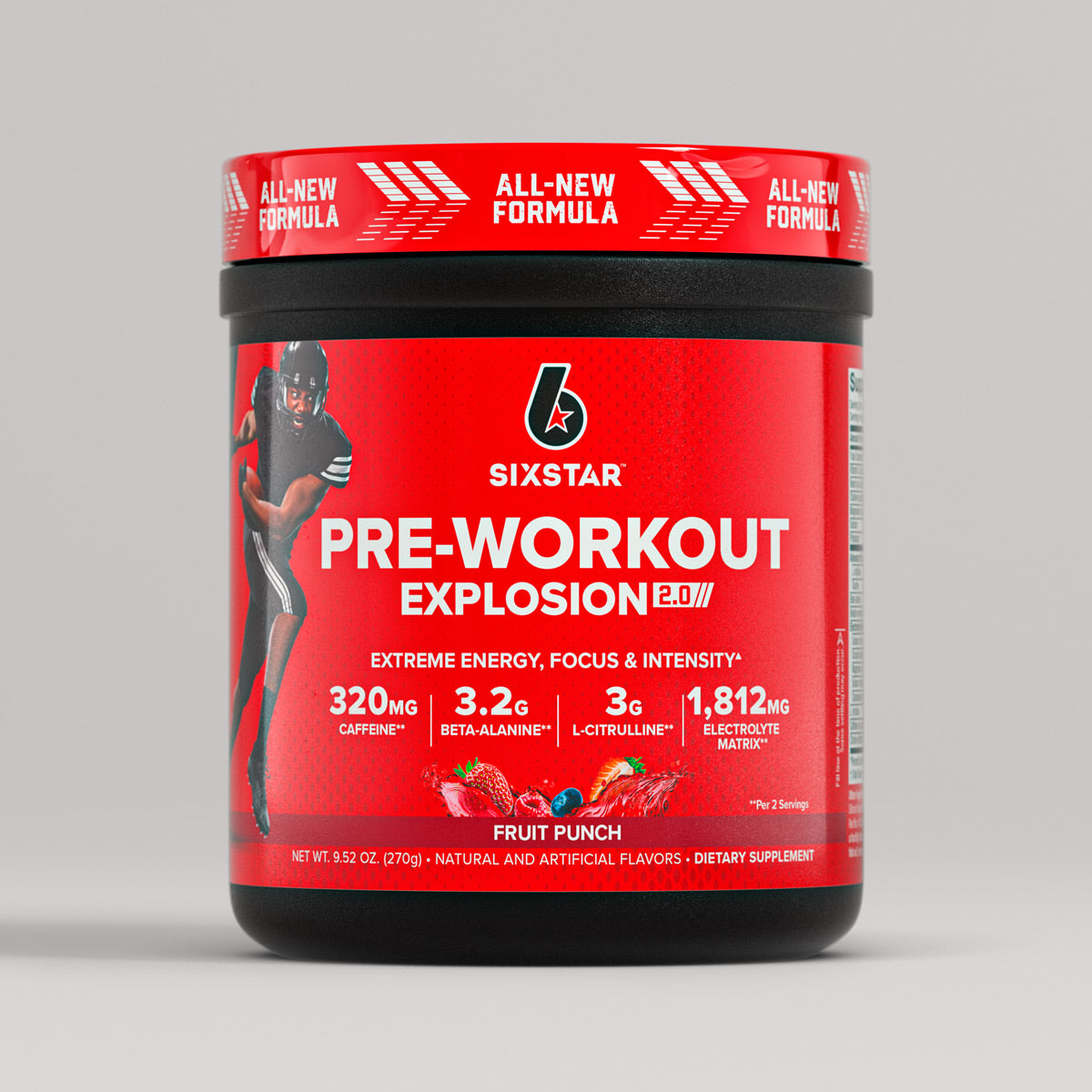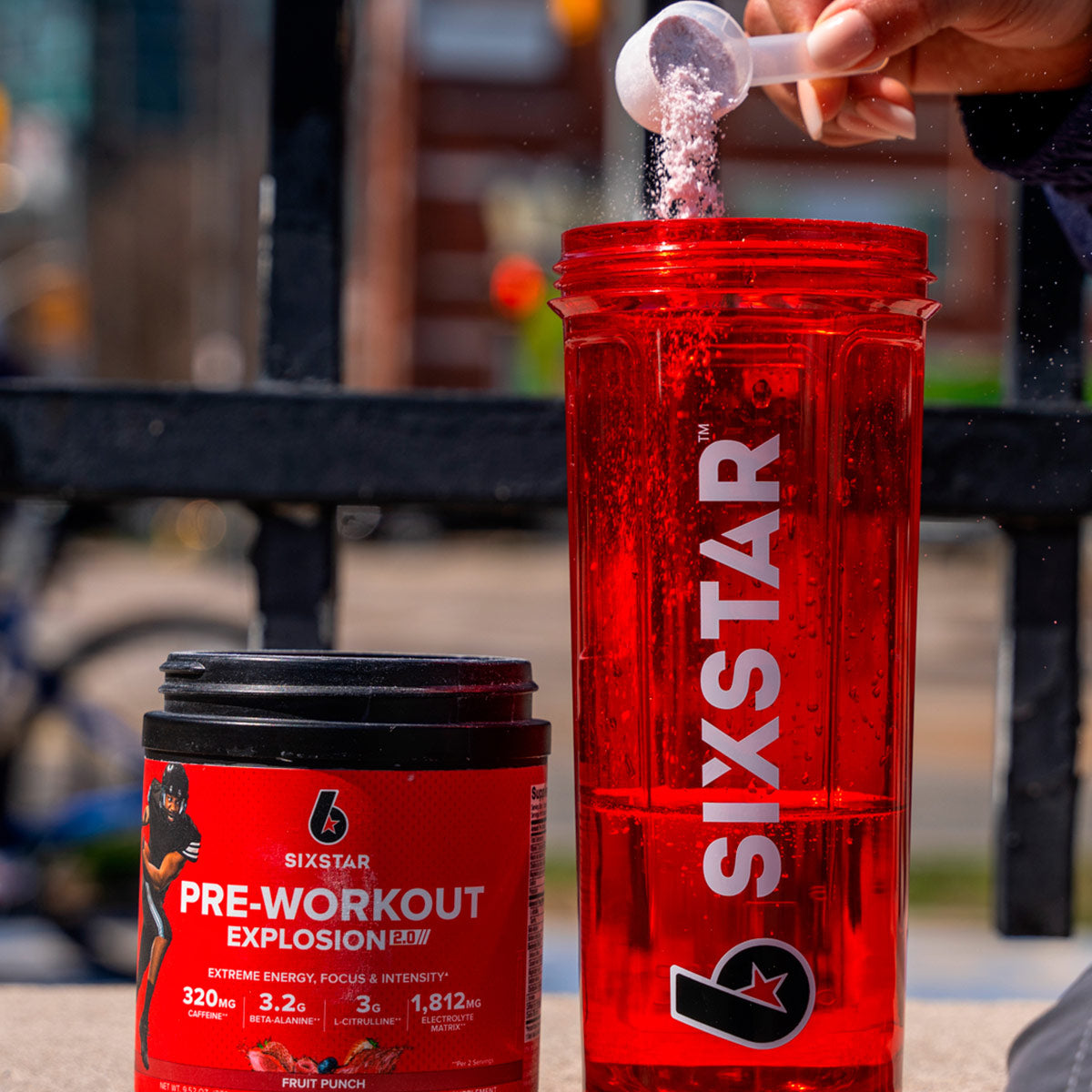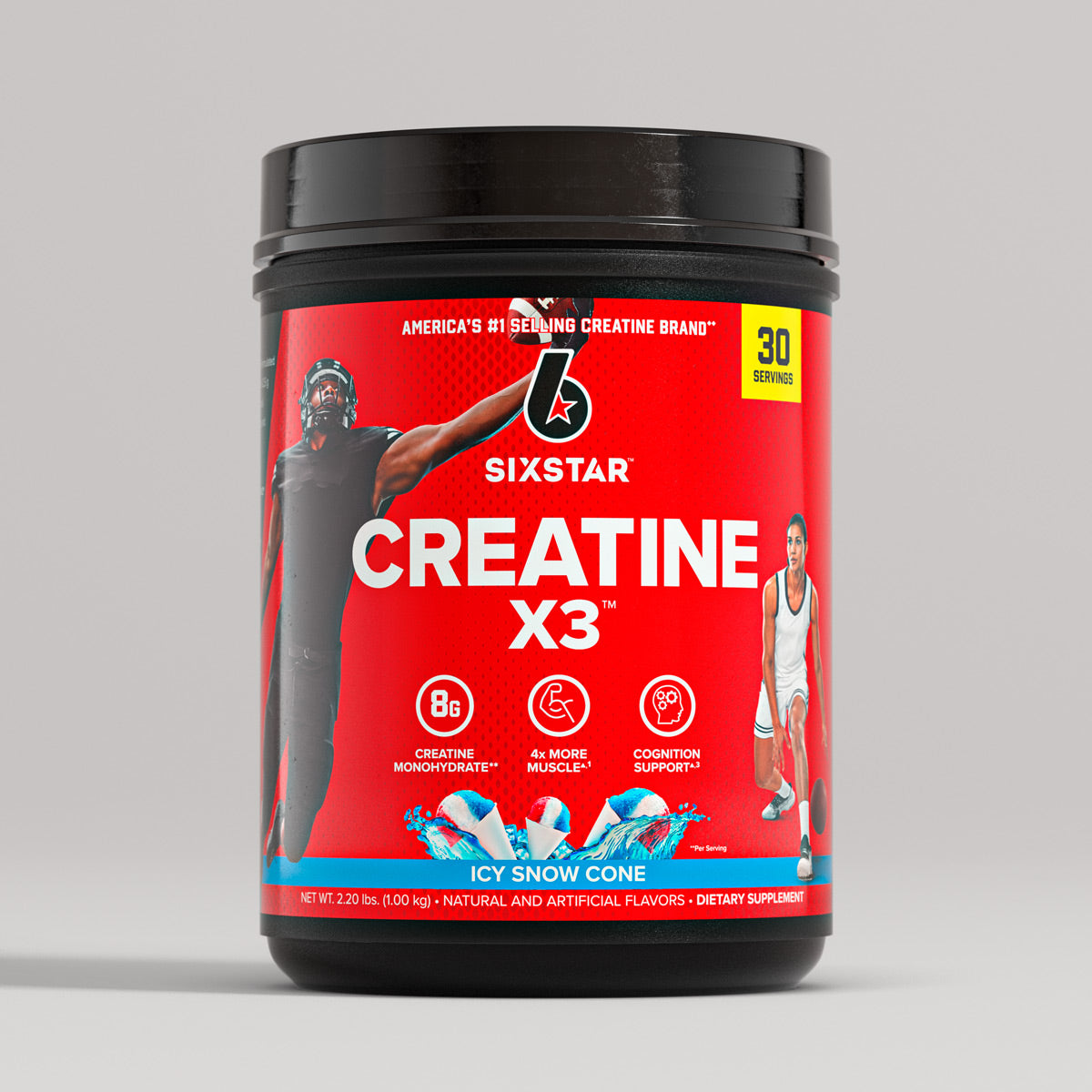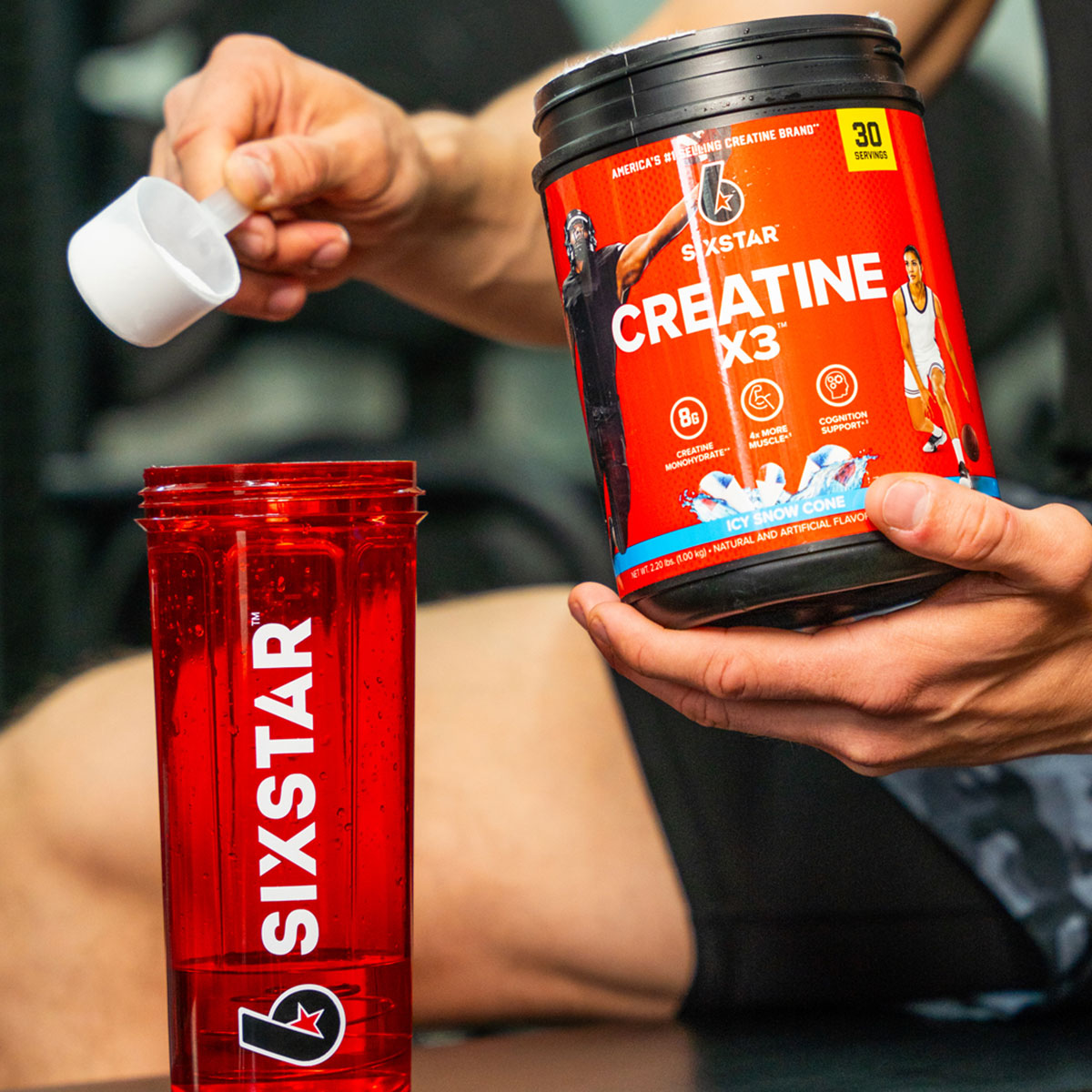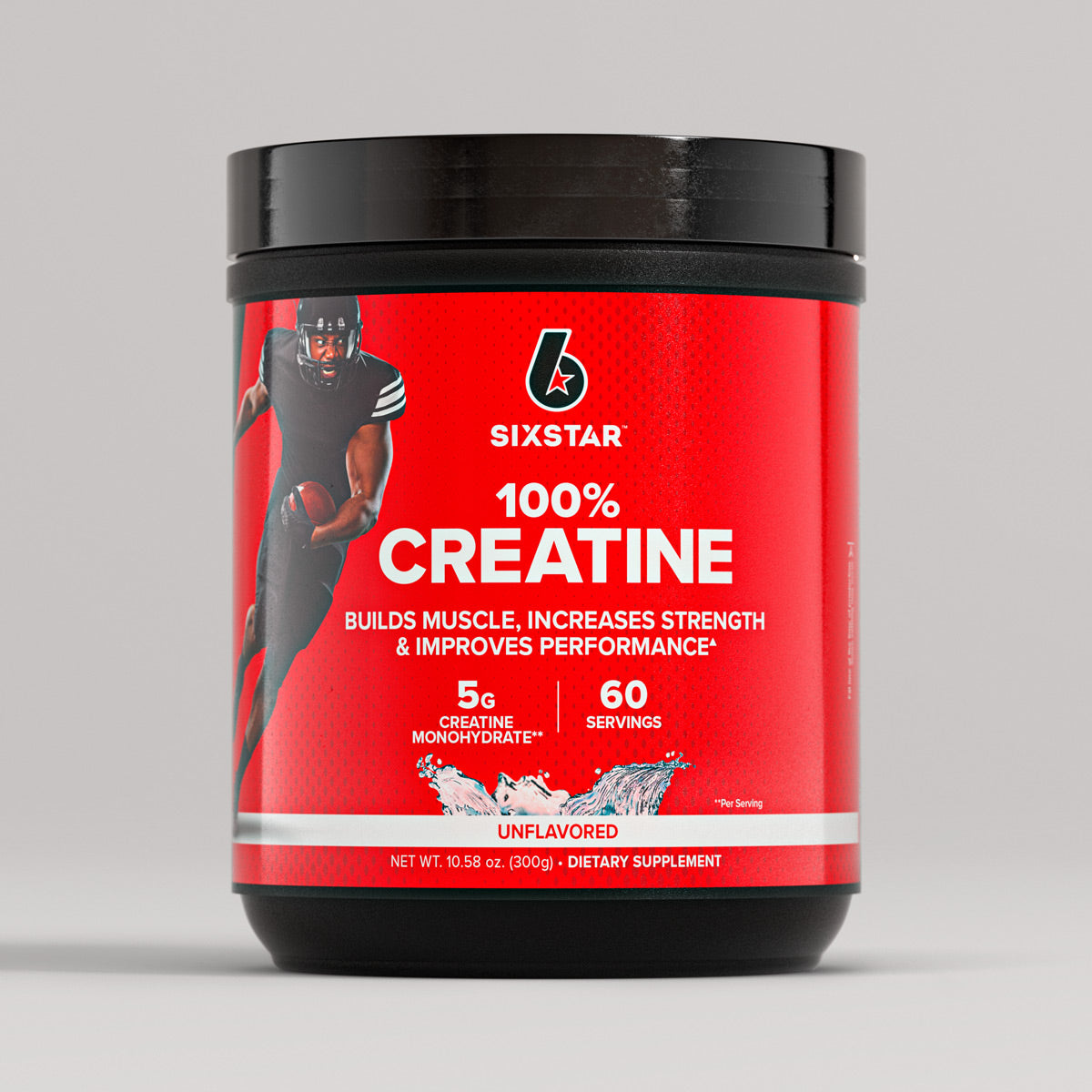Pull-ups are a gateway to a stronger, fitter upper body. Whether you're a seasoned gym-goer or a beginner, incorporating pull-ups into your strength-training routine can improve your overall body strength and fitness, physical health, and mental health.
The pull-up bar is a challenger to those who have not conquered this tough exercise and a trusted workout partner to those who have mastered it. The great thing about this exercise is that it can be done nearly anywhere, even if you do not have access to a gym.
No matter where you currently fall into on the pull up spectrum, embracing pull-ups in your workouts provides many benefits, keep reading for the benefits of pull-ups and a few pull-up tips for beginners to get you started on the path to loving pull-ups.
Table of content
WHAT ARE PULL UPS?
A pull-up is an upper body exercise that uses a large amount of muscle mass. If you are strength training and looking for that perfect compound exercise, this is it.
The pull-up is a closed-chain movement where the body is suspended by the hands, gripping a bar at a distance typically wider than your shoulder-width, you then as the name suggest, pull up.
It is a great exercise to use for muscle growth and has been instrumental in training everyone from experienced athletes to beginners.
HOW TO PERFORM PULL- UPS?
Don’t be intimidated by pull-ups if you are doing it for the first time. With proper technique, you can master this exercise as with any challenging exercise. You'll need a secure pull-up bar high enough to hang from without your feet touching the floor. You can also start with an assisted pull-up machine at the gym.
Here is a basic step by step to get you started:
- Step 1: Stand under the pull-up bar with your feet shoulder-width apart.
- Step 2: Extend your arms overhead with your palms facing away from you to reach for the pull-up bar. Your hands should be slightly wider than shoulder-width apart while you maintain an overhead grip on the bar.
- Step 3: Engage your core as you hang from the bar with your arms fully extended.
- Step 4: You want your elbows to move down as your body lifts up. Pull up so your chin is at or just above the bar.
- Step 5: Pause at the top of the pull-up before lowering yourself until your arms are fully extended.
- Step 6: Complete the desired number of repetitions.
Also Read: How many calories does weightlifting burn?
HOW OFTEN SHOULD YOU DO PULL-UPS?
Depending on your strength and goals, it is recommended to add pull-ups to one or two of your weekly strength workouts. Start slow, as you work to master the movement and build strength. Over time you can add more sets and reps or even weight to continue progressing.
Try doing 1 to 3 sets of 1 to 6 pull-up repetitions to build upper-body strength. Include 2-3 recovery days between workouts to avoid overworking the same muscles.
Easier Modifications of Pull-Ups
If you're a beginner who's not quite ready for full pull-ups yet, don't worry. Here are a few of pull-up modifications to help you build strength.
Inverted row
This exercise targets the same muscles as traditional pull-ups but in a more manageable position. Follow these steps:
Step 1: Set up a sturdy bar at waist height with a Smith machine or a barbell in a rack.
Step 2: Lie underneath the bar with your legs extended and your heels touching the floor. Extend your arms and grasp the bar with your palms facing away from you and your hands shoulder-width apart.
Step 3: Pull your chest towards the bar, squeezing your shoulder blades together. Keep your body straight and your heels planted on the floor as you pull up.
Step 4: Slowly lower yourself back down to the starting position.
2. Lat Pulldown
Mimic the movement of pull-ups using a lat pulldown machine to reduce resistance. Follow these steps:
- Step 1: Sit at a lat pulldown machine with your knees tucked under the pads and feet flat on the ground.
- Step 2: Grasp the bar with palms facing away from you and your hands slightly wider than shoulder-width apart.
- Step 3: Pull the bar down towards your chest, keeping your elbows close to your body and squeezing your shoulder blades together.
- Step 4: Slowly release the bar back up to the starting position.
Also Read: How To Become More Athletic?
WHAT MUSCLES DO PULL-UPS WORK?
Now that you know how to get on that bar, it is important to know what muscle are targeted while doing pull ups. You can greatly benefit from its unique motion that helps to work several areas at the same time.
1. Biceps
Biceps muscles launch into action as soon as you attempt to defy gravity and raise yourself above the bar. With a few improvisations (such as reducing the amount of space between your hands), the pull-up can shift from being a primarily lat-oriented exercise to a bicep-heavy move. Better yet narrow and reverse your grip into what is called a “chin-up” to put even higher focus on your biceps.
The brachialis and brachioradialis which work in conjunction with the bicep — can be targeted with a few quick pull-ups.
2. Latissmus Dorsi
Not many people have heard of this muscle in your back as it is not typically put to strenuous use during daily activities. It is the muscle near the back of your armpit that extends down your back / ribs, giving you the desired triangular shape.
Pull-ups primarily target this muscle strengthening this oft-forgotten muscle without compromising on other areas of your body.
3. Upper Back and Shoulders
Located at the back of the shoulder, the posterior deltoid is recruited to help with every repetition of the pull-up. The lower and middle portions of the trapezius muscle also spring into action, assisting with both the concentric (on the way up) and eccentric (on the way down) portions of the pull-up.
Don't be surprised if your back and shoulders feel sore the day after you perform pull-ups.
Also Read: How to train like an Athlete?
4. Pectorals
If you're looking to streamline your workout and need an option that will provide your pectorals a modest boost, the pull-up should be your go-to move.
However, don’t ditch the bench press just yet; the pectoral minor's role in every pull-up is just that, minor.
5. Anterior Delts
Your anterior delts are one of your three shoulder muscles and sit on your shoulder girdle. One function is it works in unison with the other two deltoid muscles to help stabilize the shoulder.
Pull ups are a great exercise for you anterior delts.
6. Core
While many people don't think of pull-ups as being a beneficial exercise for the abs, they work the core muscle groups to a very high degree. Or at least they should, you must remember to keep your core muscles flexed throughout the exercise to reap these benefits.
BENEFITS OF PULL UPS
1. An Effective Compound Exercise
If you're determined to work several muscles at once during your daily exercises, you'll find few moves more comprehensive or effective than the pull-up.
Pull-ups work a variety of muscles — and they can be tweaked when necessary to focus on specific areas.
Instead of using dumbbells or barbells, pullups utilize the entire weight of your body, making it a very powerful exercise.
All the upper body muscles — including the lats, traps, deltoids, pecs, biceps, forearms, and triceps — work in concert when you perform a pull-up.
Also Read: Powerlifting Vs. Weightlifting
2. Target Muscles from Different Angles
As mentioned previously, pull-ups are highly versatile. You can change the effect the exercise has on your body simply making some improvisations like:
1. Grip
A close grip pull-up targets the outer lats and biceps far more than the middle portion of the back. If you want to build more back depth in the middle, the wider grip is preferable, as it engages the traps and the inner lats more effectively.
2. Legs
I am sure you have seen the videos of military training. If you have, you must have seen the recruits performing pull ups by either extending their legs while pulling up; this action helps in engaging the midsection and lower back.
Although, the pull-up doesn't technically work your legs, you're positioning of them can influence how muscles are worked. Putting your legs in an L-shape while doing pull-ups is even more advanced and puts emphasis on core, hip flexor and leg strength.
If you like taking on new challenges, you'll love the range of possibilities that this single exercise can provide.
3. Improve Easily
No matter how often you perform pullups or how much muscle you develop along the way, you can always build even more strength and endurance, often by simply changing the number of reps or shifting your position.
Despite struggling to complete just one or two pull-ups at first, daily practice will allow you to up the ante quickly. With dedication, you could reach ten or more pull-ups in a matter of weeks.
While pull-ups can be uniquely effective when performed with bodyweight alone, major improvements can be found by simply adding weight. This is typically accomplished by using a belt and strapping a plate onto it.
Another great option? Simply holding a dumbbell between your legs. Even a heavy backpack can be used to bring additional challenge to this exercise.
4. Ultimate V-Shape Builder
If you are interested in building your back muscles, pullups should be your go to exercise. As you perform more pull-ups, the lats will inevitably grow, giving the body a V-shape physique that you aim for looking attractive and powerful.
The hardest upper body muscles to develop when using only calisthenic workouts are the middle and latter part of the delts. By performing more pull-ups — especially the middle grip version — you will be able to develop round delts that compliment your wide back perfectly.
5. Increasing Grip Strength
A strong grip is crucial if you want to add strength to your deadlifts, back rows, and countless other pulling exercises. Pull-ups are an effective way to strengthen your grip while also building up the bigger muscle groups.
6. Easy On the Joints
Except for pull ups, chin ups, push ups and crunches, almost every other exercise can cause problems in the joints and tendons.
The only joints and tendons that are activated are in the elbow and shoulder region. These are activated by a variety of upper body exercises and can handle a load.
If you're prone to injury, you'll be pleased to discover that pull-ups carry a low risk of tendonitis or other significant joint injuries.
7. Reduce Back Pain
A lot of people sit on the drive to work, sit in front of a computer all day, and then sit driving home. You might even sit on the couch once you are home. All of this cumulative sitting increases the physiological load on your back. By strengthening your back and core muscles with the pull-up, you reduce your chances of future back pain and injury.
8. Improve Posture
As you strengthen your back and core muscles, you can achieve better posture. When your posture improves, you appear longer and leaner.
9. Balance Your Body
To improve your balance and get into an explosive fitness state, fast pullups shift you from a state of inactivity to a state of high-intensity engagement in the blink of an eye.
By doing fast motions on the bar, you increase your explosiveness. Over time, this speed will translate into a better snatch, clean & jerk, and improved performance in competitive sports.
Explosive sets of pull-ups can help you create a balance between your upper and lower body.
10. Time Saver
Pull-ups allow you to streamline your workout routine so you don't spend time separately working muscles that could easily be fired up at once.
If you're struggling to make time for the gym, the pull-up could be your best bet for getting the results you want.
11. Minimal Gym Equipment Required
All that's required for a successful pull-up is a high platform or bar from which you can hang so that you are able to pull yourself from the ground.
This simple investment in a pull-up bar will allow you to complete your daily pull-ups with ease — even if you don't feel like going to the gym.
THE BOTTOM LINE
Pullups are a challenging exercise. But they’re worth adding into your weekly strength training routine. Remember that even just holding onto the bar, or doing a half rep is progress.
As a beginner ease into it by practicing hanging from the bar or doing an assisted pullup to help you start building up strength.
You can do this routine two to three times a week. Try combining pullups with other upper body exercises, like pushups, chinups, tricep extensions, and bicep curls, to round out your routine.










